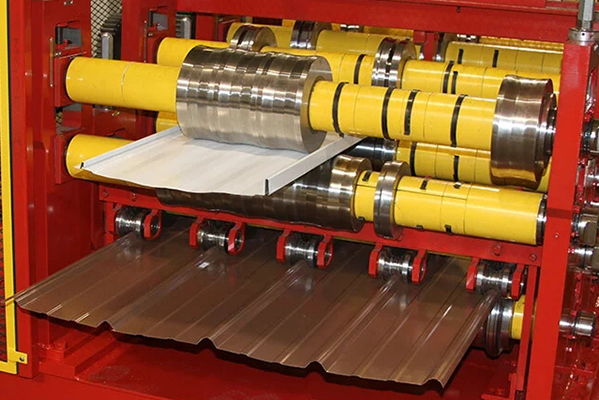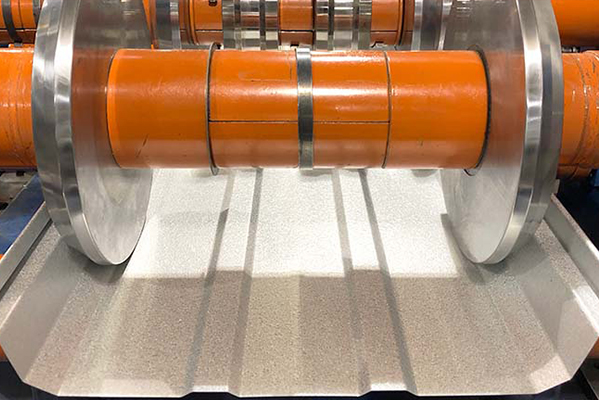Navigation Menu
Contact Us
- Email:
- info@wxavatar.com
- Address:
- Yurong Village, Yuqi Street, Huishan District, Wuxi, China.
Release Date:Jun 30, 2025 Visit:42 Source:Roll Forming Machine Factory
In the field of metal fabrication, heavy gauge rollforming plays a pivotal role in producing structural and high-strength components for various industries. As demand grows for consistent product quality and tighter dimensional tolerances, automation has become a valuable tool for enhancing precision in heavy gauge rollforming operations. This article explores how automation contributes to improved accuracy, stability, and repeatability in these processes.

Real-Time Monitoring and Feedback Systems
Modern rollforming lines equipped with automated systems often include sensors and monitoring devices that collect real-time data throughout production. These systems track variables such as material thickness, line speed, and forming pressure, allowing for immediate adjustments. Automated feedback loops help minimize deviation, ensuring the final profile adheres to design specifications consistently.
Consistent Material Handling
Precision in rollforming is not solely dependent on tooling; material handling plays a key role as well. Automated feeding systems maintain uniform tension and alignment, reducing the chances of skewing, wrinkling, or unwanted deformation. This consistency contributes to smoother forming and higher-quality outputs, especially when working with thicker and more rigid materials.
Tool Positioning Accuracy
Automation enhances tool positioning with the help of CNC-controlled stands and servo-driven adjustments. These technologies allow operators to set and maintain precise roll positions during changeovers or mid-production. As a result, edge alignment, roll spacing, and pass transitions remain accurate, which is especially important when dealing with profiles that require tight tolerances.
Reduction of Human Error
Manual adjustments, while effective in skilled hands, are prone to variability and fatigue. Automation reduces reliance on manual settings, which significantly lowers the risk of inconsistencies. By standardizing operations, automated systems help manufacturers maintain uniformity across large production batches.
Integration with CAD/CAM Systems
Many automated rollforming setups are integrated with CAD/CAM software, which allows designs to be converted directly into machine instructions. This seamless transfer reduces interpretation errors and ensures the forming tools follow the intended design with minimal deviation. Adjustments can also be programmed digitally, further improving the repeatability of complex profiles.
Enhanced Process Control
With automation, operators gain better visibility and control over production. Parameters such as line speed, lubrication, and temperature can be regulated automatically. This level of control helps optimize each forming stage, which leads to better material flow and improved surface finishes — crucial for high-strength and structural components.
Improved Repeatability for Large Volumes
One of the standout advantages of automation is its ability to replicate identical results over long production runs. For industries requiring thousands of uniform parts — such as construction, automotive, or heavy machinery — automated systems provide the repeatability necessary to meet production goals without compromising on quality.

Conclusion
Automation is reshaping heavy gauge rollforming by delivering a higher level of precision, control, and efficiency. From tool alignment to material handling and real-time quality checks, each automated element contributes to a more stable and consistent production process. As industries continue to demand higher quality and tighter tolerances, investing in automation proves to be a strategic move for manufacturers seeking long-term performance and reliability in their rollforming operations.